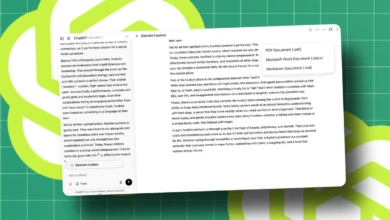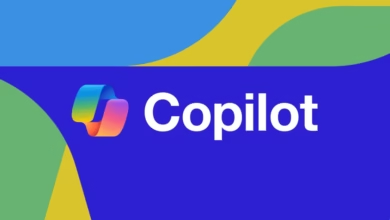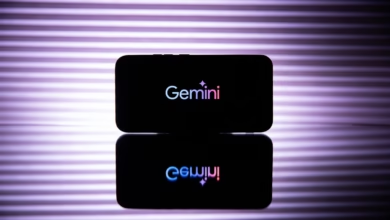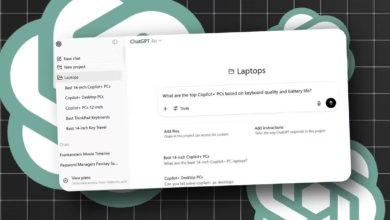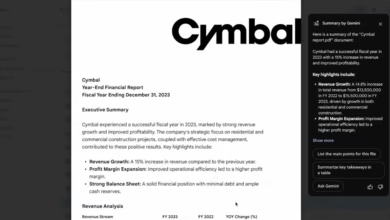Copilot Outshines ChatGPT with New Windows Feature
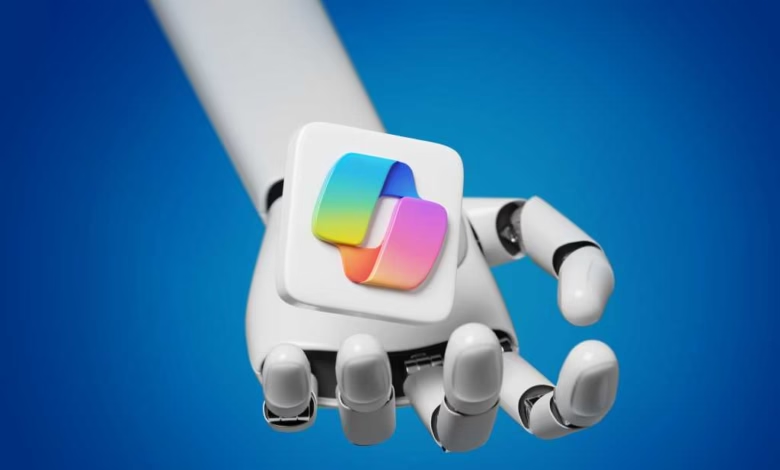
▼ Summary
– ChatGPT is currently the leading AI chatbot for Windows, backed by Microsoft’s $13 billion investment in OpenAI.
– Microsoft’s Copilot is built on the same large language model (LLM) technology as ChatGPT, making them fundamentally similar.
– Copilot is integrated into Windows via the taskbar and a dedicated key on new laptops, but lacks unique AI models.
– A new feature allows users to share any app with Copilot and discuss it, providing a reason to choose Copilot over ChatGPT.
– Copilot can also draw highlights on the screen during conversations, enhancing user interaction.
Microsoft’s Copilot has quietly introduced a game-changing feature that gives it a clear edge over ChatGPT for Windows users. While both AI assistants share similar underlying technology, Copilot now offers functionality that ChatGPT simply can’t match within the Windows environment.
The standout capability allows users to share any application directly with Copilot and engage in real-time discussions about its content. Unlike basic chat interactions, this feature enables the AI to analyze what’s on your screen and provide contextual responses. Even more impressively, Copilot can annotate your display with visual highlights during these conversations, creating a more interactive and productive experience.
This development marks a significant step in Microsoft’s strategy to deeply integrate AI into Windows. While ChatGPT remains the more recognizable name in artificial intelligence, Copilot’s tight operating system integration provides practical advantages for daily computer use. The ability to reference and mark up open applications transforms how users can troubleshoot issues, learn new software, or analyze documents without switching between windows.
The feature builds on Microsoft’s existing investment in OpenAI’s technology while demonstrating how the company is evolving Copilot beyond being just another chatbot. For Windows power users or anyone who regularly works with multiple applications, this functionality could prove far more valuable than generic AI conversations. As Microsoft continues refining these system-level integrations, Copilot may increasingly become the go-to AI assistant for Windows productivity tasks.
What makes this particularly noteworthy is how it leverages Windows’ native capabilities rather than relying solely on cloud-based processing. The local integration suggests Microsoft is serious about making AI an organic part of the operating system experience rather than just an add-on service. While ChatGPT excels at general knowledge and creative tasks, Copilot’s latest feature shows how specialized tools can sometimes outperform even the most advanced general-purpose AI when it comes to specific workflows.
(Source: COMPUTERWORLD)

